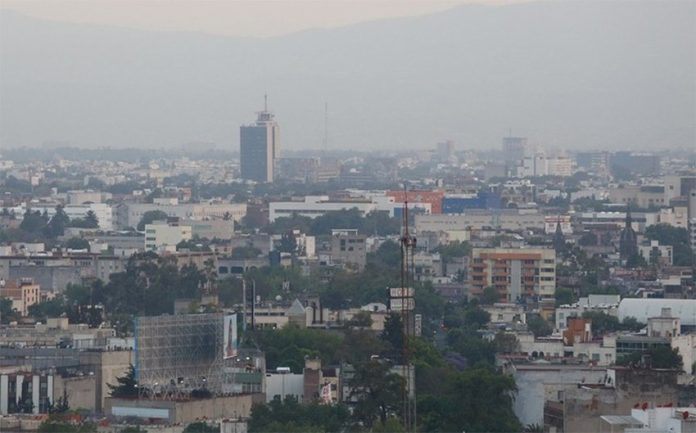Mexico City residents and visitors beware: breathing in the capital is risky.
Residents of the megalopolis collectively inhale 50,000 tonnes of toxic contaminants a year, according to a study.
The 2016 Emission Inventory for the Valley of Mexico Metropolitan Area reported 172 different toxic compounds in the city’s air including large quantities of toluene, xylene and trichloroethene, which is commonly used as an industrial solvent.
More than 59,000 kilograms of toxic metals including barium, phosphorous, lead and aluminum were also detected in the atmosphere during 2016.
Breathing in the pollutants can cause a range of adverse health effects including respiratory illnesses, cardiovascular disease, cancer, reproductive and neurological problems and premature death.
Solvents, pesticides, untreated wastewater and automotive products are the biggest sources of contaminants in Mexico City’s atmosphere, the study found.
Air in areas of the capital with high population densities and/or a high concentration of industry and commerce was found to be particularly polluted.
Factory emissions, particularly from the printing and chemical industries, were found to be significant contributors to poor air quality in the boroughs of Venustiano Carranza, Gustavo A. Madero and Iztapalapa.
Heavy traffic in the capital’s central areas as well as on the city proper’s fringe with México state also causes a notable concentration of toxic emissions, the report said.
Vehicles used for both private and public transport are the largest source of atmospheric particulate matter measuring 10 and 2.5 micrometers or less as well as nitrogen oxide and carbon dioxide.
The number of vehicles in 12 densely populated México state municipalities that form part of the greater Mexico City metropolitan area has increased on average by 600% since the year 2000, statistics show.
In 2017, Mexico City’s air was only considered “clean” on 81 days, according to the capital’s Environment Secretariat.
Source: Milenio (sp)
